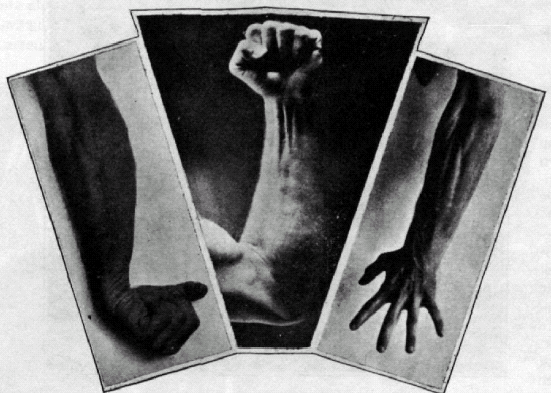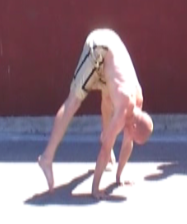An important part of handstands is having hand strength and flexibility so here are some wrist strengthening exercises.
I’ve always had some wrist troubles when it came to handstands due to an old injury. And recently my right wrist has been acting up making even a regular handstand hard to hold.
How have I been able to make progress towards overcoming this?
By doing more handstands!
Because a handstand puts you near or at complete extension of your wrist it’s a position most people never really use or have need for strength in. But for those of us handbalancing that’s different.
Very few other exercises can even get close to this position. So using the handstand itself is the way we want to use to build wrist strength and flexibility.
Of course, if you are just starting out putting your full weight on your hands may be too hard. In this case going from pushups, to elevated pushups and finally to the handstand is the progression to follow. I had to go back to the starting point in order to build up.
It may be uncomfortable. The idea is to push your boundaries a little at a time. Keep doing a bit more each time to expand your wrist flexibility. Of course, you don’t want to push too hard you injure yourself even more. The idea is to make progress slowly and over time.
If its no strain to hold the position, when you are in the handstand (ideally against the wall) you can dig in and press down into the ground doing isometrics to further build your strength, and therefore control when balancing.
Regular practice with these kind of wrist strengthening exercises will result in strong, flexible and healthy hands and wrists.
Good Luck and Good Balancing,
Logan Christopher
P.S. There’s also some nifty stunts by Bob Jones in Chapter 6 of The True Art and Science of Hand Balancing. Be sure to check those out to further build strength and flexibility in those hand balancing hands.





 The first straight arm press to work on is from a straddle. With the legs spread wide the idea is to bring them out and around as you come up into a handstand.
The first straight arm press to work on is from a straddle. With the legs spread wide the idea is to bring them out and around as you come up into a handstand.
 A number of people at the site have expressed an interest in building flexibility.
A number of people at the site have expressed an interest in building flexibility.




